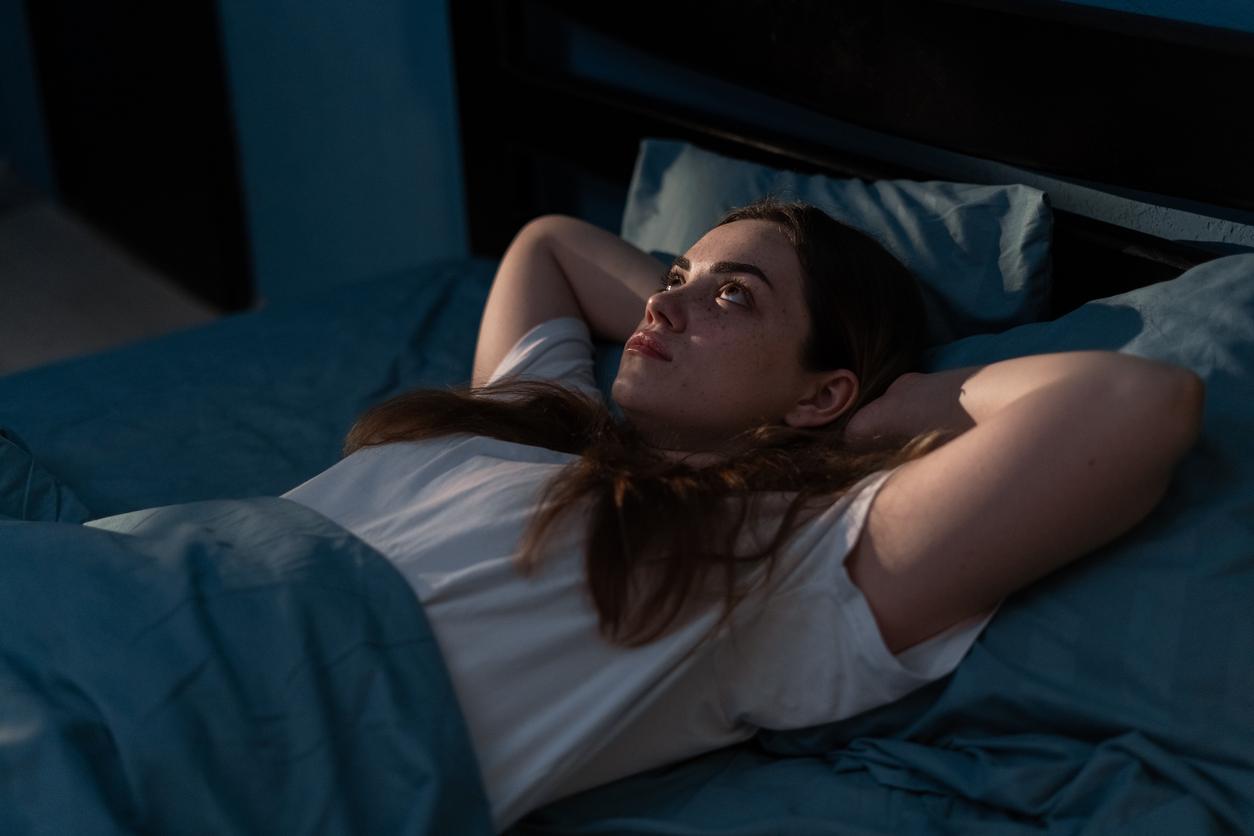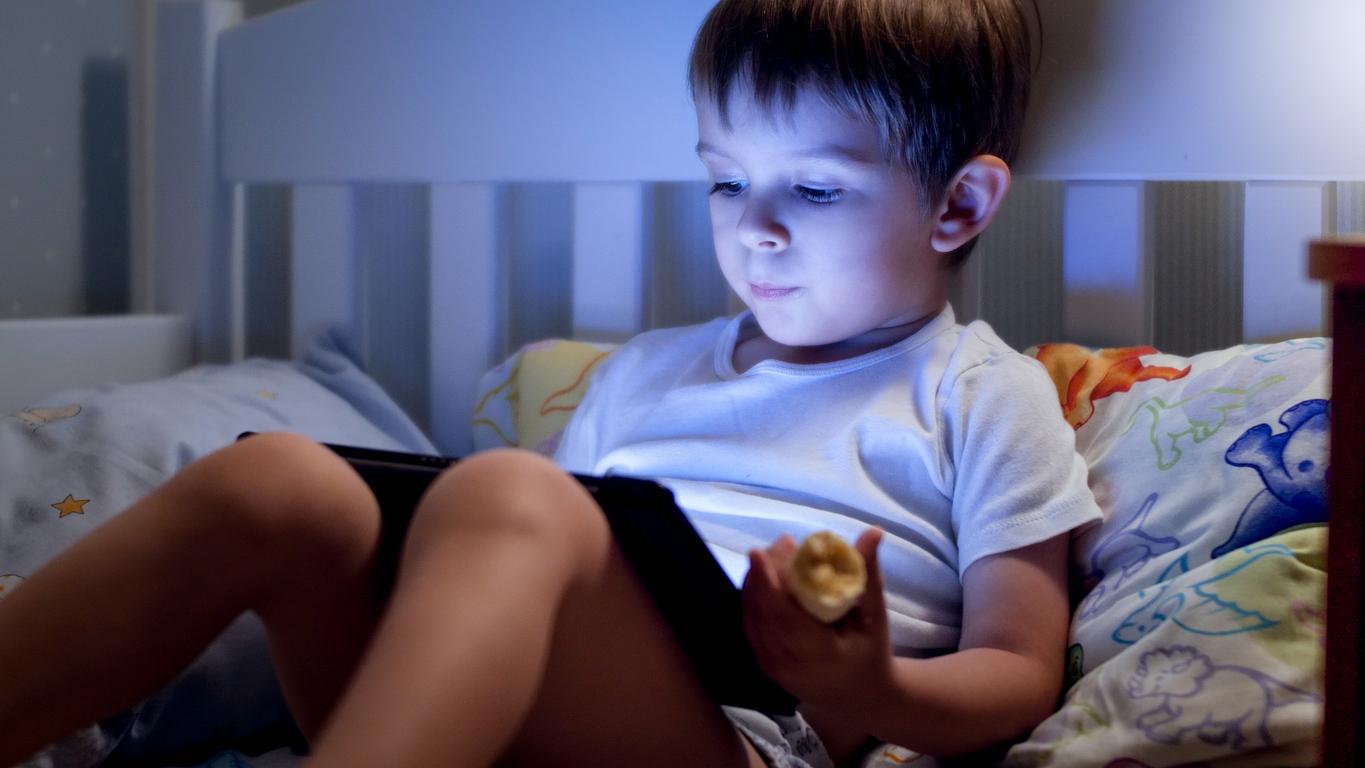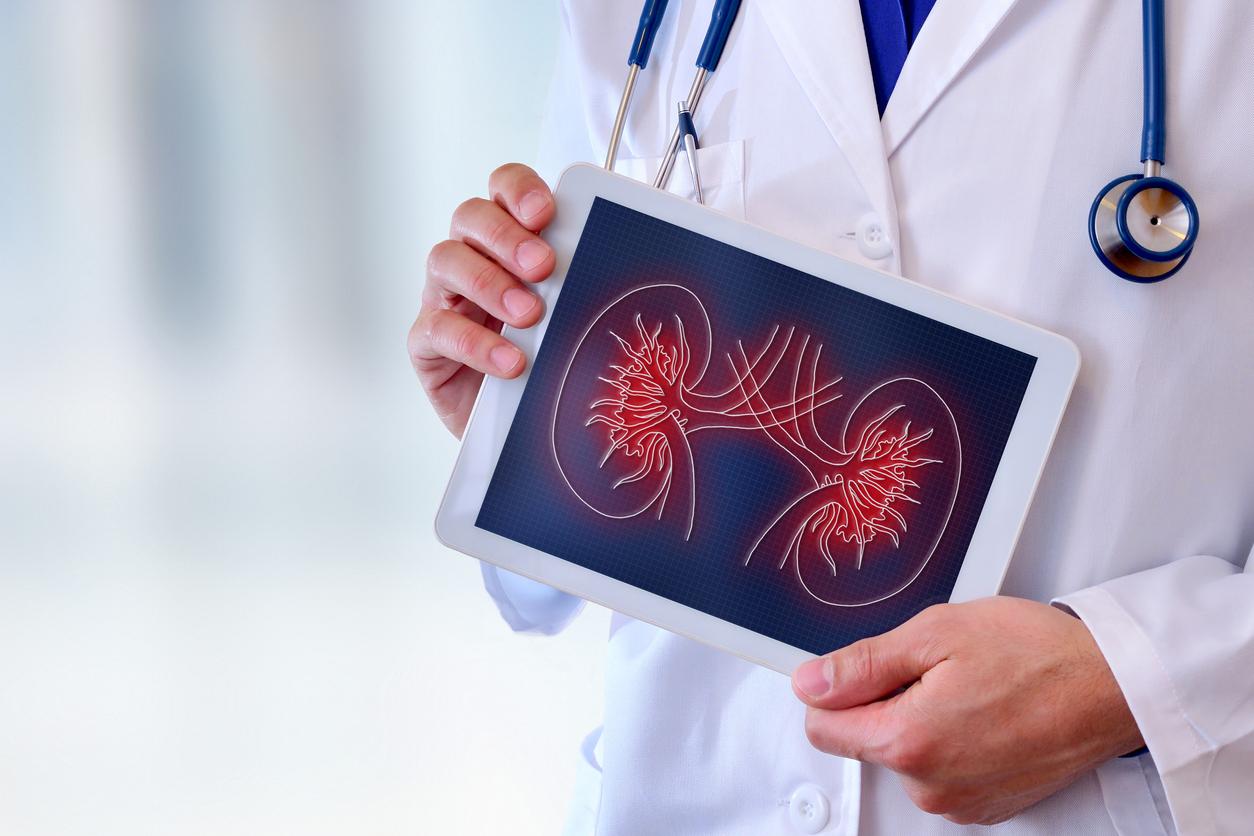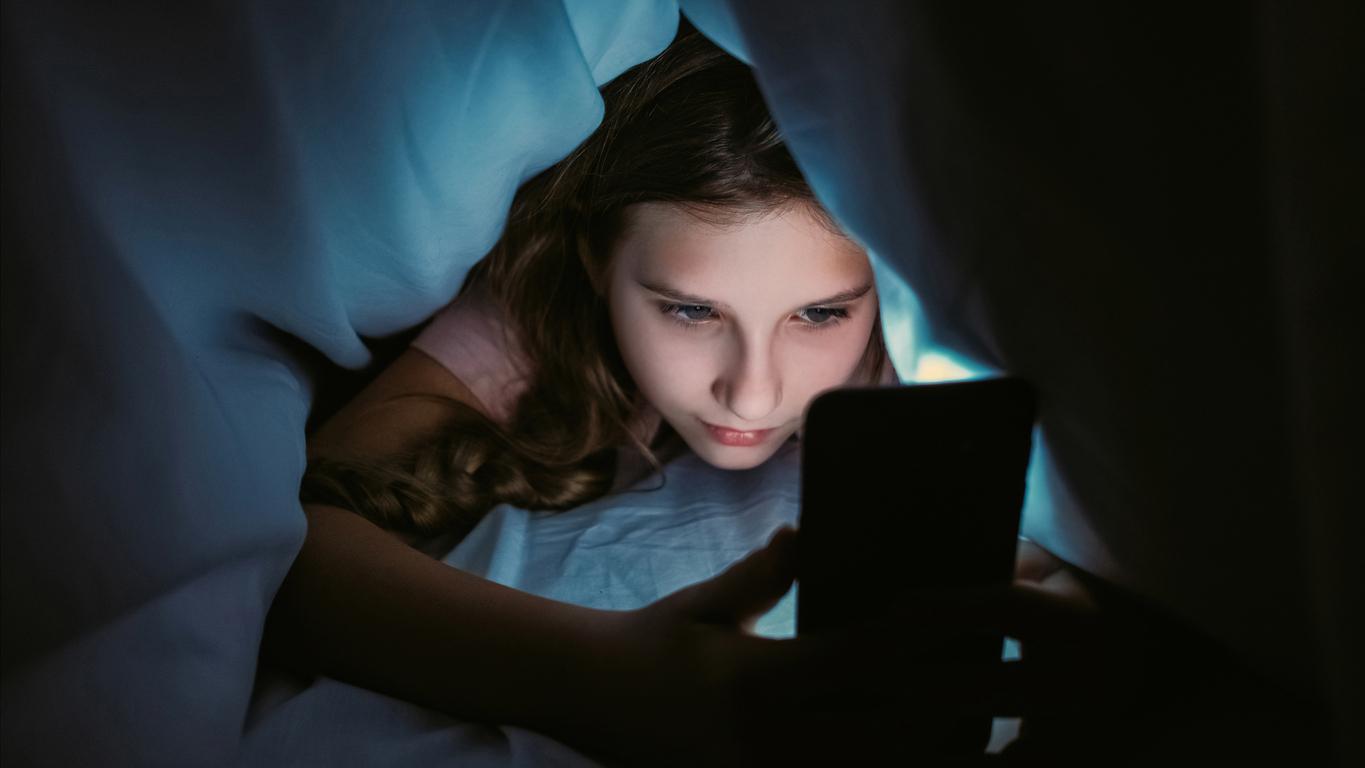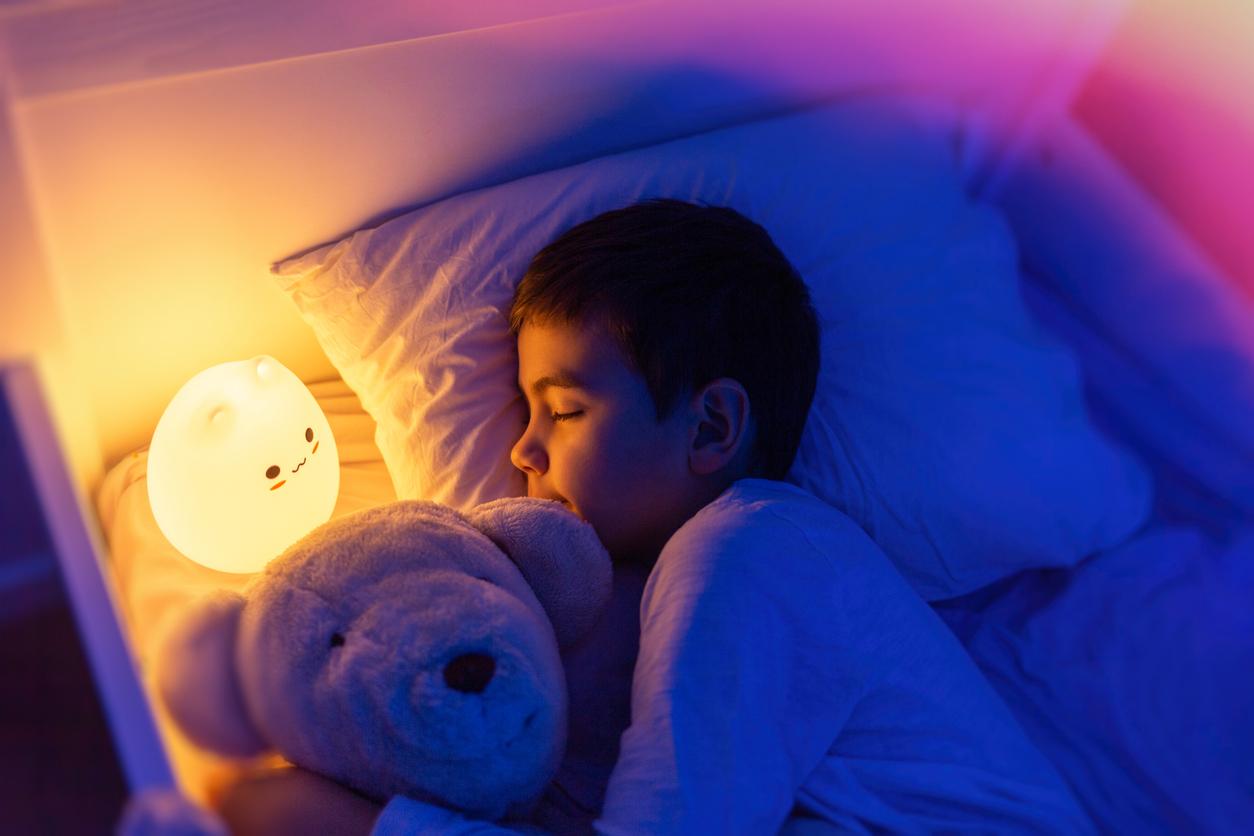Excessive phone use, resulting in longer exposure to blue light, could alter hormone levels and lead to early puberty.

- Puberty is a complex process that involves the coordination of several bodily systems and hormones.
- During the 12-hour exposure to blue light, the rats also showed some signs of cell damage and inflammation in their ovaries.
Lack of sleep, posture problems, stress, visual disturbances… The negative effects of screens on health are numerous. According to Turkish scientists, exposure to blue light could increase the risk of precocious puberty. To reach this conclusion, they performed a studythe results of which were recently presented at the 60th Congress of the European Society of Pediatric Endocrinology.
Exposure to blue light: what are its effects on puberty?
“Over the past ten years, sources of blue light, such as tablets and phones, have increased in every age group. Due in particular to the pandemic, exposure to screens has also increased in children. However, its effects on puberty are unclear.” wrote the researchers in the works.
To carry out their research, the team performed an experiment on 18- to 21-day-old female rats to study the effects of blue light exposure on reproductive hormone levels and timing of birth. onset of puberty. The rodents were divided into three groups of six and exposed to either a normal light cycle or 6 or 12 hours of blue light until the first signs of puberty appeared.
Puberty: altered hormone levels due to blue light
According to the results, the first signs of puberty appeared earlier in the two groups exposed to blue light. The longer the exposure time, the earlier the onset of puberty. Another finding: female rats exposed to blue light showed reduced levels of melatonin, elevated levels of specific reproductive hormones (estradiol and luteinizing hormone) and physical changes in their ovarian tissue.
“As this is a rat study, we are not sure if these results are replicated in children, but these data suggest that blue light exposure could be considered a risk factor for early onset of puberty”, said Aylin Kilinç Uğurlu, author of the study.
“Reduce the use of blue light emitting devices in children”
According to the authors, it is difficult to mimic childhood-equivalent blue light exposure in rats. However, the timing of puberty in rats is roughly equivalent to that of humans, taking into account the lower life expectancy of rats. “Although not conclusive, we advise minimizing the use of blue light-emitting devices in prepubertal children, particularly in the evening, when exposure may have the greatest effects on hormones. “, concluded Aylin Kilinç Uğurlu.







